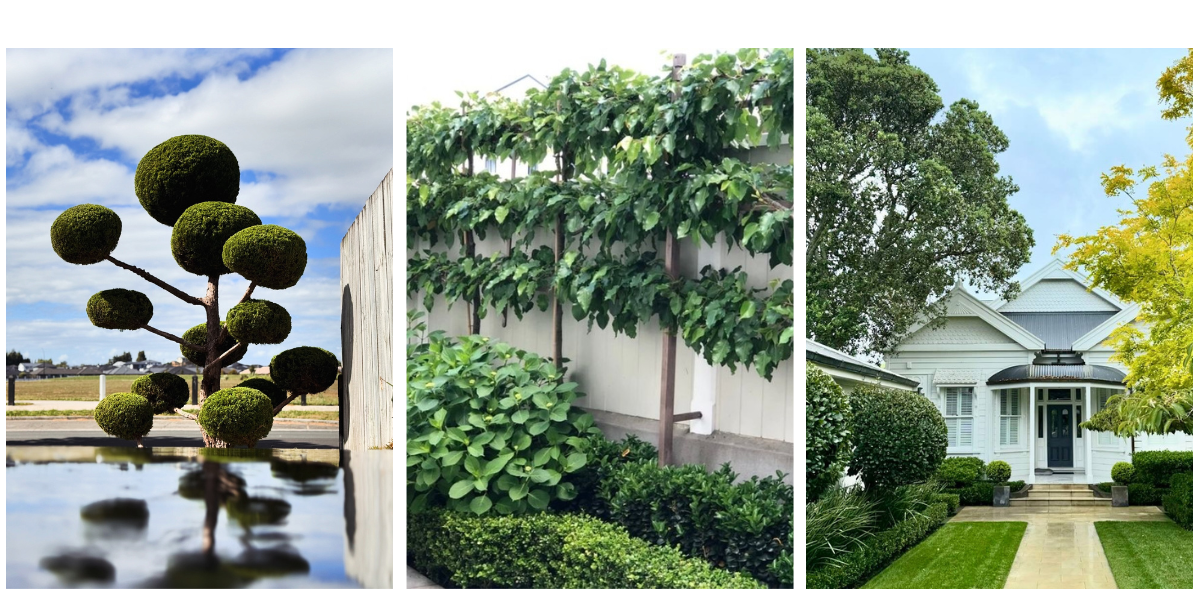Posted by By Kelly Jean Reyland
11th Oct 2024
Structure in the Garden
What is structure in the garden and why is it important?
Structure in the garden are the permanent or evergreen elements that remain constant all year round. They provide a backdrop in the growing seasons for the plants that are more seasonal, that drop their leaves or go dormant in winter. These structural plants/elements come into their own in winter as the rest of the plants go to sleep, revealing the ‘bones’ of the garden.
Structure ensures that the garden looks good in all seasons.
There are different ways to incorporate structure into the garden. Evergreen plants are a great place to start. Include them in your planting scheme and if you are intentional in how and where you use them you can give the garden a sense of order and tie the different spaces together.
Creating hedges at different heights can frame and define different spaces. They can create a sense of mystery when you can’t see every area of the garden at once. Using the same plant spaced along a pathway or border can draw your eye to a feature or encourage you to walk along the path.
Topiary or clipped evergreens can be used in pairs to mark an entrance or in the garden or in pots as a focal point. Even deciduous plants (those which drop their leaves in winter) if used in an intentional or repetitive fashion can be used to create structure in your garden.

While many of the examples pictured are clipped and formal, if you prefer a loose, organic feel, the same principles apply. Many grasses or strappy foliage plants are evergreen and can be swapped in for shrubs.
Hard landscaping elements can also be used to create structure in the garden.
Whether they are made from timber, stone, brick, metal or some other material, they will create a backdrop for the garden in spring, summer and autumn and become features in winter. Archways, obelisks, plinths, pots, gazebos, sculptures, water features, plant supports, even raised garden beds and pathways are all ways to add structure to a garden.
Combine these with evergreen plants and you have a garden that looks good in every season.

Written for Gubba by Kelly Jean Reyland from Garden Advice NZ (www.gardenadvice.co.nz)


























